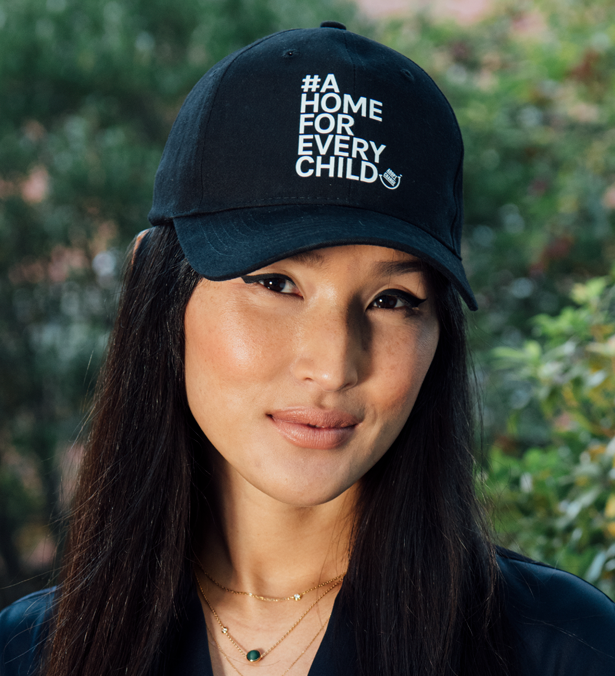ADOPTION AND PERMANENT
Where to Start
If you are considering taking on the permanent care of a child (including through adoption), we recommend you first read our information on How Adoption Works In Australia.
As each state has its own legislation, agencies and variables, the next step is to assess the options for providing a permanent home to a child in the NT and determine which is right for you.
Currently in the NT there are five possible pathways for providing a permanent home for a child:
- Local adoption
- Intercountry adoption
- Adoption from foster care
- Long-term guardianship
- Long-term foster care
Local Adoption
Territory Families is the government agency responsible for providing adoption services in the NT.
There are very few local adoptions finalised each year in the NT (some years there are none).
The birth parents can be involved in selection criteria for adoptive parents for their children.
Applying to Adopt a Child – Local
In the NT the process for applying to adopt a local child has 4 stages including:
- expression of interest and initial screening
- application and assessment
- allocation and placement
- after the adoption order.
You can find out more information about the stages here.
Intercountry Adoption
Territory Families also manages the applications and assessments for those applying to adopt children through one of Australia’s intercountry adoption programs.
The role of Territory Families is to ensure that those applying to adopt children through these programs meet the requirements for adoption, that they have received the appropriate training and information, and to ensure that appropriate post-adoption support is received.
Costs
There are administrative and legal costs relating to a local and intercountry adoption in the NT.
Additionally, intercountry adoption involves costs such as air-fares when you travel to meet and bring home your child, and visa and immigration fees.
For both local and intercountry adoption you should also factor in the time you will spend away from the workforce in order to support, and form a relationship with, your adopted child when they return home with you.
More information about adoption can be found in here.
Criteria
To adopt a child in the NT you must be at least 25, between 25 and 40 years older than the child (or up to 45 years if you have other children), resident or domiciled in the NT, and meet legislated eligibility criteria for adoption applicants.
If you wish to be approved for intercountry adoption you will need to indicate which country you are applying to and meet the eligibility requirements for that country as well as the requirements for the NT.
Information about the various intercountry adoption programs and criteria can be found on the Intercountry Adoption Australia website.
Applying to Adopt a Child – Intercountry
In the NT there are 6 stages in an overseas adoption process including:
- expressing your interest and initial screening
- assessment and registration as prospective adoptive parents
- application to the overseas country
- matching and placement of a child
- post-adoption supervision and
- adoption order.
You can find out more information about the stages here.
Approval
For both local and intercountry adoption, the final decision about your suitability to adopt is made by the Adoption Unit of Territory Families. If you are approved, you will be considered a ‘prospective adoptive parent’.
Intercountry adoption applicants’ approved assessment reports will be forwarded to the overseas adoption program for consideration, and the final decision as to whether your application is approved is made by the overseas adoption authority.
Permanency Planning
Territory Families is committed to continuity of care and minimising disruption as a key part of their practice approach. They also prioritise connection to family and community and attempt to match carers who can meet individual needs.
You can read more about the practice approach in the NT here.
The need to prioritise connect to family and community is particularly fundamental to placement of Indigenous children who make up approximately 90% of the NT children and young people in care.
In the case of Indigenous children, Community Controlled Organisations take part in the decision-making process and the placement hierarchy considers:
- relatives,
- then other members of the child’s Indigenous community,
- followed by other Indigenous people,
- with placement with a non-indigenous carer being the option of last resort.
Notwithstanding the placement hierarchy, only approximately 40% of Indigenous children are placed with Indigenous carers. Most Indigenous children are placed in non-indigenous care in the NT due to a lack of other preferred options.
You can read more about the Aboriginal and Torres Strait Islander Child Placement Principle here.
If you are already a Foster Parent/Carer your Case Manager/Social Worker or other qualified person should discuss in detail the pros and cons of adoption and long-term foster care for your family. The following information provides an overview in summary.
Guardianship
In the case of Indigenous children, guardianship of Indigenous children is delegated to Indigenous Community Controller Organisations.
Although the NT does have legislation in place facilitating guardianship orders, there were no children or young people under such orders up to 2019. Called ‘Permanent Care Orders’, they are part of permanency planning process in the NT. However, they can only be made by the Local Court on application by the CEO of Territory Families (after a Long-Term Protection Order). More information on Permanent Care Orders can be found here.
Long-term Foster Care
Permanency Planning is an important element of the Territory Families Practice Approach where reunification is not considered in the best interests of the child.
For Indigenous children there is a strong preference for within family, within community, or other Indigenous long-term placement. However, most Indigenous children in the NT are in non-Indigenous foster or institutional care.
To apply to become a foster carer in the NT you can be single, married, in a defacto relationship or same-sex relationship. To be eligible you must be:
- over 18 years of age (ideally over the age of 25)
- an Australian citizen or permanent resident
- renting or owning their own home in the NT
- in good health
- without a serious criminal record
Applying to become a foster carer
The Territory Families’ website has information about becoming a carer including links to the application form, which is sent directly to the departments’ Carer Assessment and Support unit.
The Department is always in need of carers:
- who can offer emergency care or short-term care
- to care for Aboriginal children
- to care for children with a disability
- to care for sibling groups (two or more children and/or young people).
Applicants must submit an expression of interest and then go through a detailed assessment process. Territory Families adopts a partnering model in their relationship with carers and requires that a Care Plan be prepared for each child.
For more information on Kinship and Foster Carers in the NT, see the Territory Families’ Handbook.


















































































